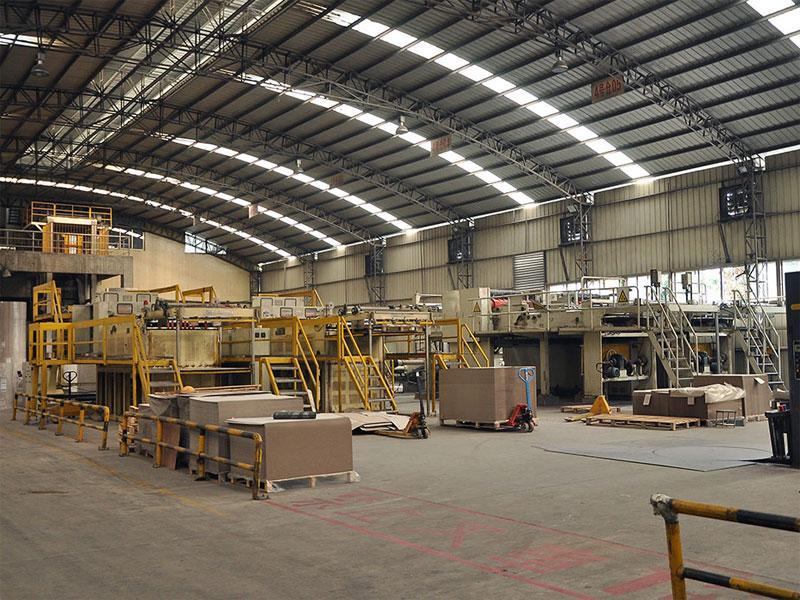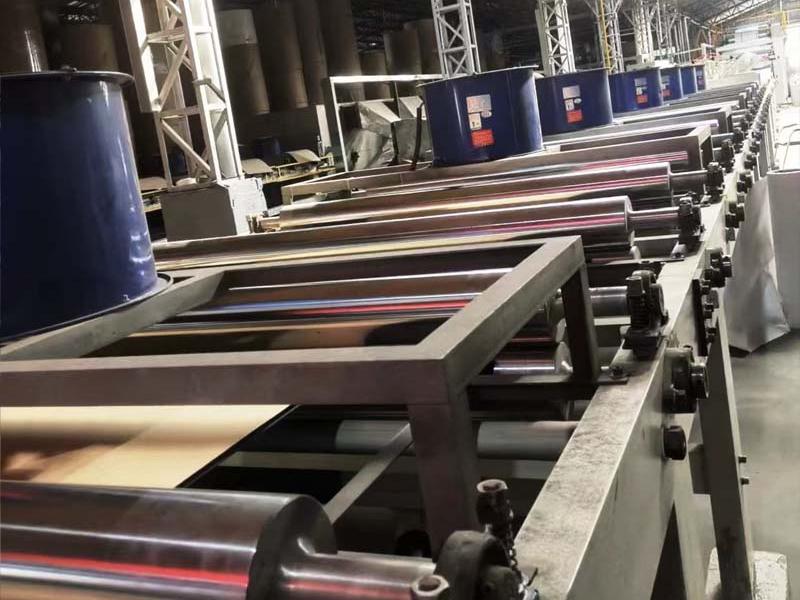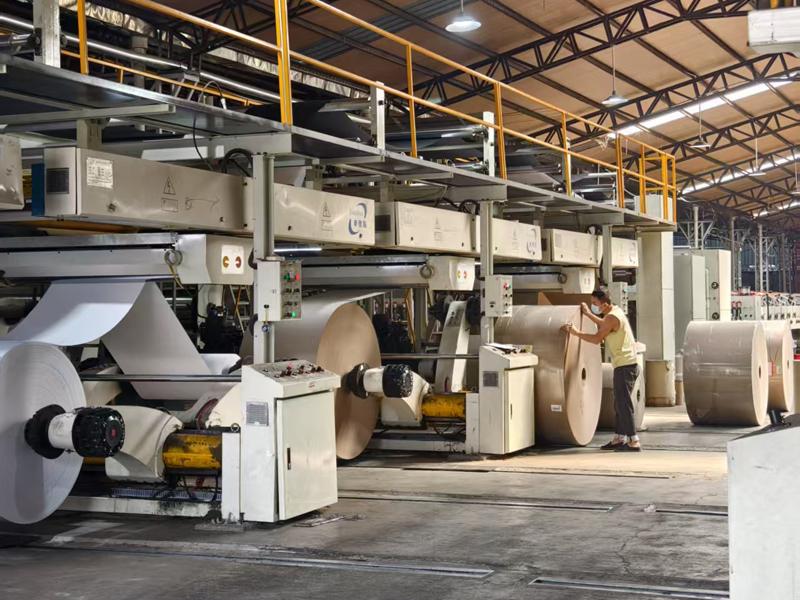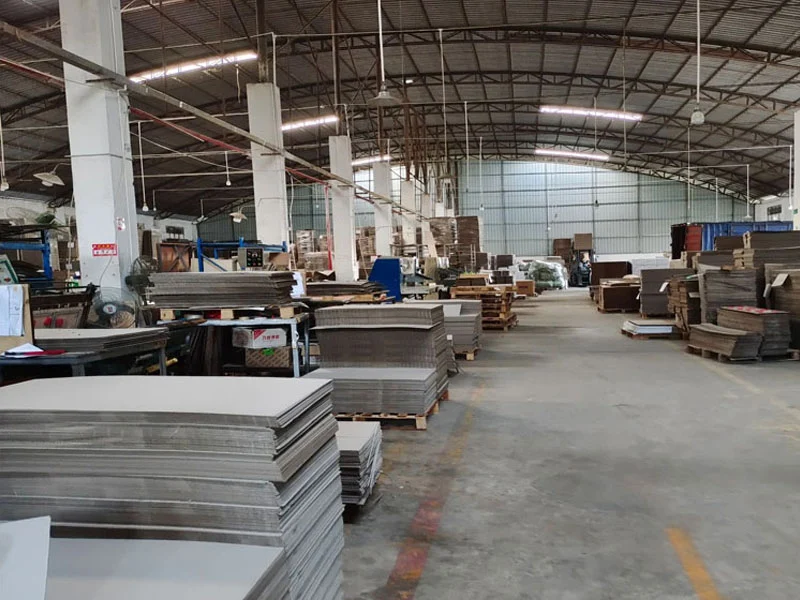
A Side-by-Side Comparison to Optimize Your Supply Chain
Choosing the right packaging material can make or break your product’s safety, cost efficiency, and brand image. Two popular options—gray cardboard and corrugated cardboard—each have unique strengths. Let’s break down their differences to help you decide.
Gray Cardboard: The Sleek Powerhouse
- Structure : Dense, rigid, and smooth-surfaced.
- Best For :
- Luxury packaging (e.g., jewelry, cosmetics).
- Retail-ready boxes requiring a polished finish.
- Book covers, board games, and stationery.
- Advantages :
- Superior printability for high-quality branding.
- Excellent crush resistance for heavy items.
- Lightweight yet sturdy.
Corrugated Cardboard: The Cushioned Protector
- Structure : Layered with fluted sheets for shock absorption.
- Best For :
- Shipping fragile items (e.g., glassware, electronics).
- Large-scale logistics and bulk transportation.
- Temporary storage solutions.
- Advantages :
- Enhanced impact resistance.
- Cost-effective for lightweight, bulky goods.
- Customizable wall thickness for added protection.
Key Considerations
1. Product Type : Delicate, heavy, or irregularly shaped?
2. Budget : Gray cardboard offers premium aesthetics at a mid-range cost; corrugated is ideal for high-volume, low-cost needs.
3. Sustainability : Both are recyclable, but gray cardboard uses more recycled content.
Hybrid Solutions
Pair gray cardboard sleeves with corrugated boxes for a combo of luxury branding and drop-proof protection.
Still Unsure?
Our experts can guide you to the perfect material match. Contact us today to optimize your packaging strategy!






Copyright © Shenzhen Juchangxin Technology Co., Ltd. All Rights Reserved.
